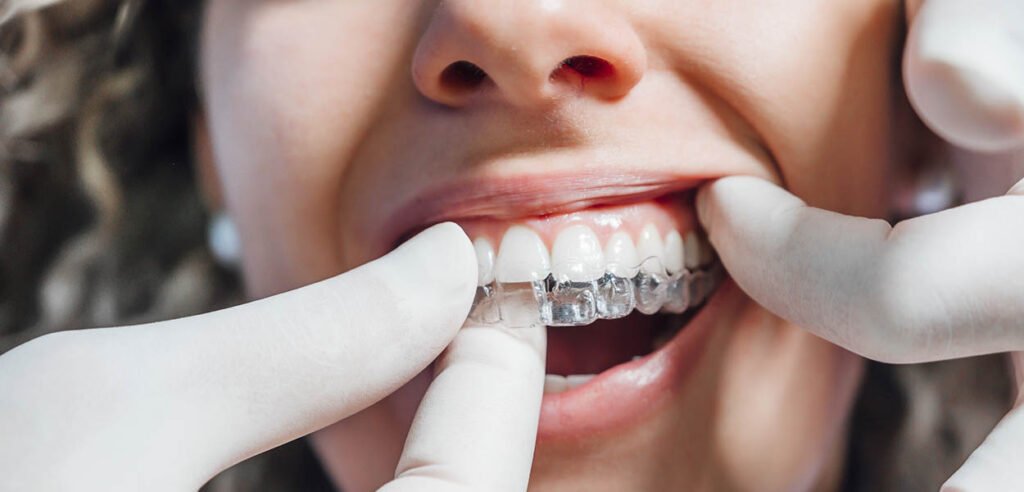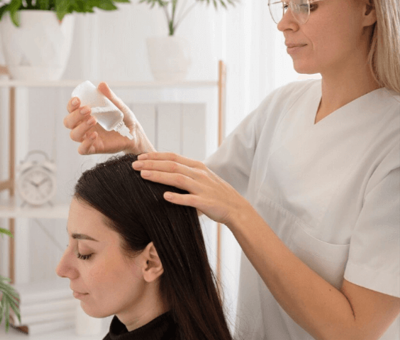Invisalign offers a discreet and effective way to straighten your teeth using clear aligners—especially popular in Korea where advanced technology and aesthetic-driven care are top priorities. But like any orthodontic treatment, Invisalign can come with temporary side effects.
Leading Korean dental clinics emphasize that most side effects are mild and manageable—especially with proper guidance and care. This guide explains the most common Invisalign side effects and how to handle them based on expert insight from Korea’s top Invisalign-certified dentists.
😬 1. Mild Discomfort or Pressure
What it is: A feeling of tightness or soreness, especially when switching to a new aligner tray.
Why it happens: Each aligner slightly shifts your teeth, and that controlled pressure can cause initial tenderness.
Korean Clinic Tip:
- Take over-the-counter pain relievers (e.g., ibuprofen) during the first 1–2 days of a new aligner set.
- Start wearing your new aligners at night, so you sleep through the initial adjustment period.
- Korean clinics may suggest aligner seaters to help speed up the adaptation process.
💬 2. Temporary Speech Issues
What it is: A slight lisp or difficulty pronouncing certain sounds when you first begin wearing aligners.
Why it happens: Your tongue needs time to adjust to the new shape in your mouth.
Korean Clinic Tip:
- Practice reading out loud or repeating challenging words.
- Speech normalizes within a few days for most patients.
- Clinics often provide verbal exercises to help retrain muscle memory faster.
🤐 3. Dry Mouth or Excess Saliva
What it is: Some patients experience excessive saliva production or dryness in the early days of treatment.
Why it happens: Your mouth recognizes the aligner as a foreign object and may over- or under-react.
Korean Clinic Tip:
- Stay well-hydrated (carry a reusable water bottle).
- Chew xylitol-based sugar-free gum or mints if allowed by your dentist.
- Korean dentists often recommend saliva-balancing mouthwashes available locally.
🦷 4. Gum or Lip Irritation
What it is: The aligners may slightly rub against soft tissues.
Why it happens: Sharp edges or imperfect fit of the plastic tray (especially early in treatment).
Korean Clinic Tip:
- Use orthodontic wax to soften the edges.
- Contact the clinic for tray polishing or minor adjustments.
- Korean clinics use iTero 3D scanners for ultra-precise fits, which significantly reduce this issue.
🤕 5. Headaches or Jaw Tightness
What it is: Some users experience jaw tension or headaches during early wear.
Why it happens: Your bite is being realigned, affecting muscle memory and jaw pressure.
Korean Clinic Tip:
- Apply a warm compress to relax the jaw muscles.
- Avoid chewy or hard foods during the adjustment phase.
- If symptoms persist, Korean dentists may recommend temporomandibular joint (TMJ) assessments.
🦠 6. Bad Breath or Taste Changes
What it is: A temporary issue caused by bacteria trapped between teeth and aligners.
Why it happens: Improper cleaning of teeth or aligners.
Korean Clinic Tip:
- Brush and floss after every meal.
- Clean aligners daily with Invisalign cleaning crystals or Korean-made oral appliance cleaners.
- Some clinics offer in-treatment dental cleanings every few weeks for hygiene maintenance.
⚠️ 7. Aligner Damage or Cracking
What it is: Aligners become cracked or warped, especially if exposed to hot water or handled improperly.
Why it happens: Heat exposure, chewing on aligners, or incorrect removal.
Korean Clinic Tip:
- Always remove aligners with clean hands and store them in a hard case.
- Avoid exposing trays to hot beverages or dishwashing.
- If a tray cracks, top clinics in Korea can reprint replacements using saved 3D data—sometimes same day.
🕒 8. Treatment Delays Due to Non-Compliance
What it is: Your teeth don’t move as planned, requiring extra aligners or refinements.
Why it happens: Not wearing aligners the recommended 20–22 hours a day.
Korean Clinic Tip:
- Use wear-time tracking apps recommended by Korean Invisalign providers.
- Set phone alarms or use smart retainers with built-in sensors.
- Regular check-ins (in-person or virtual) help clinics catch delays early and adjust as needed.
🛡️ When to Contact Your Korean Invisalign Provider
Contact your clinic immediately if you notice:
- Severe or prolonged pain
- A lost or broken aligner
- Significant swelling or bleeding
- Allergic reaction to aligner material (rare)
Most Korean clinics offer 24/7 English-speaking hotlines for international and expat patients, and many provide WhatsApp or KakaoTalk support for convenience.
Final Thoughts
Most Invisalign side effects are mild and temporary—but being informed and proactive can make your treatment much smoother. Korean dental clinics are known for their patient-centered approach, and they provide clear guidance and tech-savvy support systems to help manage any issues that arise.
Whether you’re undergoing Invisalign in Seoul, Busan, or as part of a medical tourism plan, you’ll have access to some of the most responsive and well-equipped providers in Asia.




